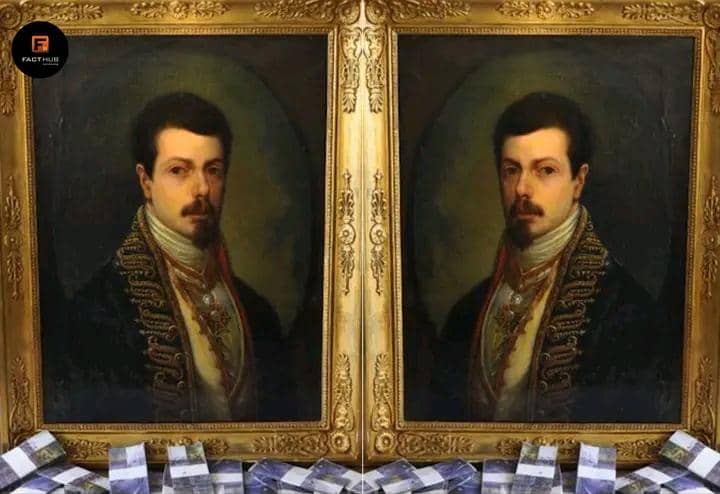Francisco Goya, a pivotal figure in art history, is renowned for his poignant portrayals of human suffering and societal critique. His works, such as The Third of May 1808, depict the brutal realities of war, emphasizing the plight of innocent victims against oppressive forces.
Goya’s ability to blend realism with emotional depth has made his paintings timeless reflections on the human condition, often serving as powerful social commentaries.
In a small town in Spain, two brothers, Miguel and Javier, stumbled upon what they believed to be a genuine Goya painting. Convinced they had discovered a hidden treasure worth millions, they plotted to sell it to a wealthy collector.
Their excitement reached a fever pitch when they secured a deal with an enigmatic Arab sheikh who promised €4 million. Eager to escape their mundane lives, the brothers felt destiny was finally on their side.
Their journey took them to Turin, where they met the sheikh in a lavish hotel. After an intense negotiation, they received 1.7 million Swiss francs as a down payment. Overwhelmed with dreams of luxury and freedom, they celebrated their newfound wealth.
However, their joy was short-lived as they soon discovered that the money was counterfeit—a cruel twist of fate that shattered their dreams.
Returning home in despair, the brothers faced not only financial ruin but also legal trouble. Spanish authorities caught wind of their dealings and arrested them for attempted fraud. The irony was palpable; in their quest for riches through deception, they had become victims of a more elaborate con.
The painting, once a symbol of hope, now served as a reminder of their folly.
Ultimately, Miguel and Javier learned that ambition without integrity leads only to downfall. Their story serves as a cautionary tale about the perils of greed and deception, illustrating how easily one can be ensnared in their own web of lies.
In the end, the brothers were left with nothing but regret for chasing an illusion that cost them everything.

